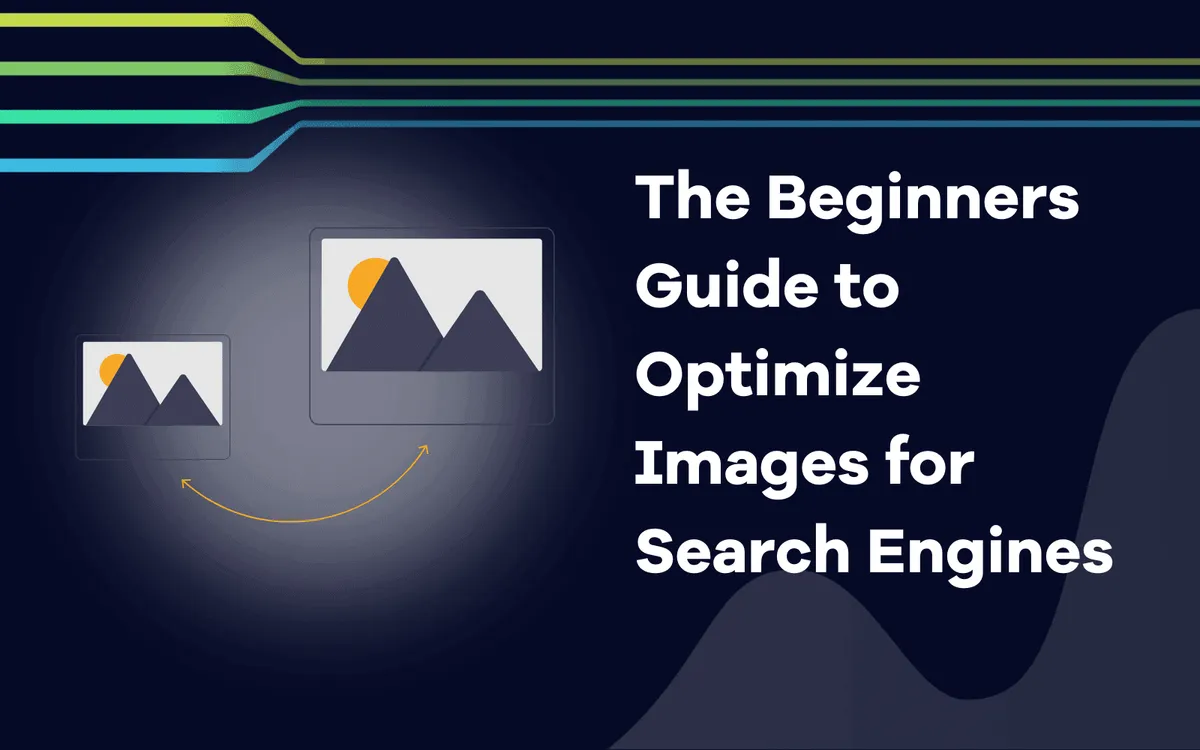
Image SEO: The Beginners Guide to Optimize Images for Search Engines

Erik Emanuelli
February 14, 2024
Master Image SEO: Optimize images for search engines with our beginner's guide. Elevate your website's visibility and user experience now!
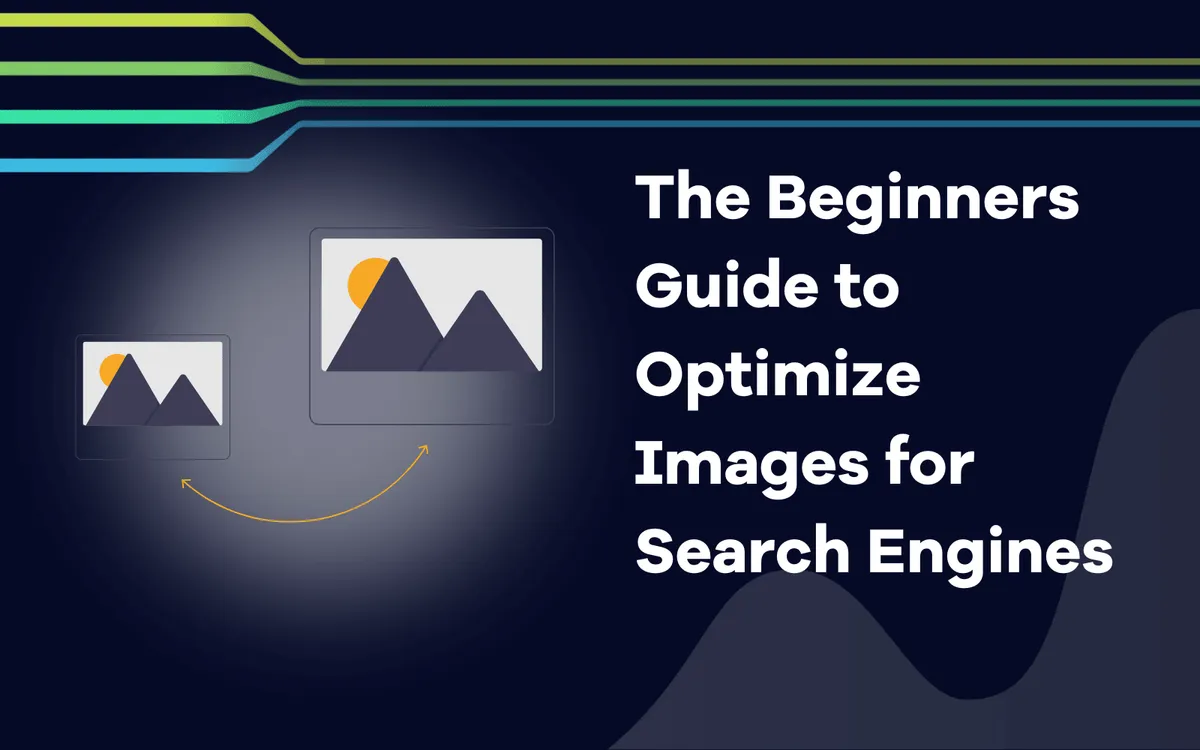
Are you optimizing images for search engines? If not, you are missing out on an opportunity to get more organic visitors to your website.
This practice not only ensures that your site appears on image searches but also translates to increased visibility and potential for greater traffic overall.
So, are you ready to dive in?
This beginner's guide will walk you through the essentials of image SEO and how to leverage the power of visuals for a stronger online presence.
Why is Image SEO Important?
Just in 2019, one billion people used Google Lens for visual searches.
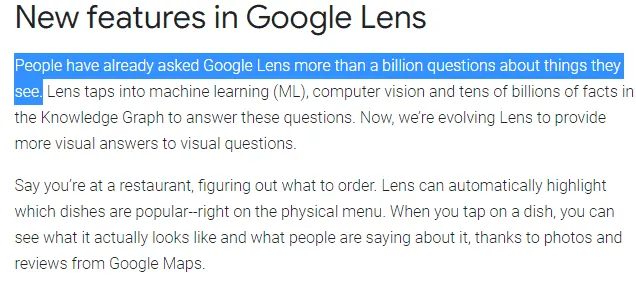
So, what does mean for you?
It means that the image search market is growing and will continue to expand in the coming years.
Visual content has become the cornerstone of online interaction, with pictures being shared and engaged with more than any other form of media.
When you optimize your images for search engines, you are catering to the needs of both your audience and search algorithms.
With this practice, you can:
Improve the visibility of your content on search engine results pages
Enhance the user experience by providing relevant and high-quality visuals
Attract more traffic to your website through image searches
Strengthen the overall SEO efforts by complementing your text-based content with optimized pictures
Ensure accessibility for those who are visually impaired, by providing proper alt text and descriptions
Increase the chances of your content being shared on social media platforms
So, it's clear that this technique is crucial for maximizing your online presence and reaching a wider audience.
Image Key Factors Impacting Your Site Rankings
With all this in mind, it's essential to understand the various image factors that can either boost or hamper your site's rankings.
Quality and Resolution
High-resolution pictures often result in larger file sizes, which can slow down your website's loading speed—a crucial factor in SEO.
Balancing the quality with the file size is essential to ensure that your site remains swift and responsive.
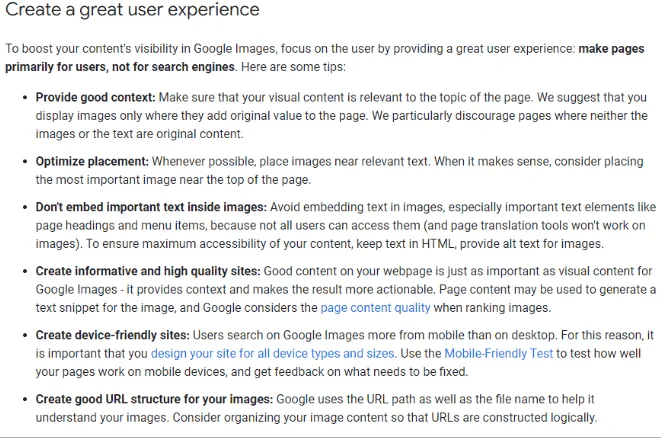
Accessibility
Search engines can't "see" images the way humans do, at least not yet.
Therefore, providing descriptive information using alt text and other attributes is vital to make your images understandable to search engine crawlers and, more importantly, accessible to users with disabilities.
Context
The context in which a picture is used gives search engines clues about its relevance.
Make sure your media are surrounded by related content in the form of text, and that the text itself is relevant to the main topic of the webpage.
Uniqueness
Using unique images not found elsewhere on the web can be a significant advantage.
It helps to distinguish your content from others and eliminates the possibility of inadvertently using someone else's copyrighted material.
To make sure your pictures are original, use Google’s reverse image search tool to check if they appear on other websites.
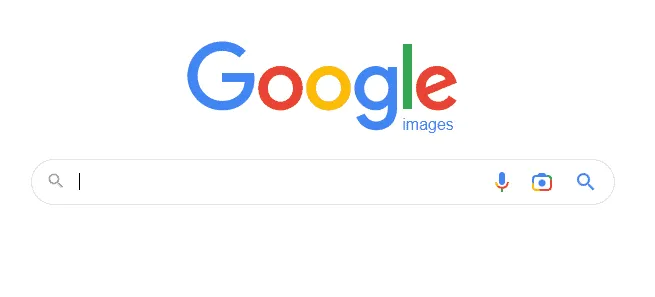 If they do, consider using different ones or adding a watermark to avoid potential duplicate content issues.
If they do, consider using different ones or adding a watermark to avoid potential duplicate content issues.Loading Time
The loading time of your website has a direct impact on user experience and SEO.
Make sure your images are optimized for the web, reducing file size without sacrificing too much quality.
Best Practices for Image SEO
Now that we've covered the key factors, it's time to get practical.
Here are the main components you need to consider for optimization:
File Name
Alt Text
Caption
Format
Compression
Mobile-Friendly
File Name
The file name should be descriptive and relevant, using keywords where appropriate.
This not only helps search engines understand the content of your image but also improves its accessibility.
Avoid using generic names like “picture1.jpg” or “photo.png”.
Instead, use descriptive terms that accurately reflect the subject of it.
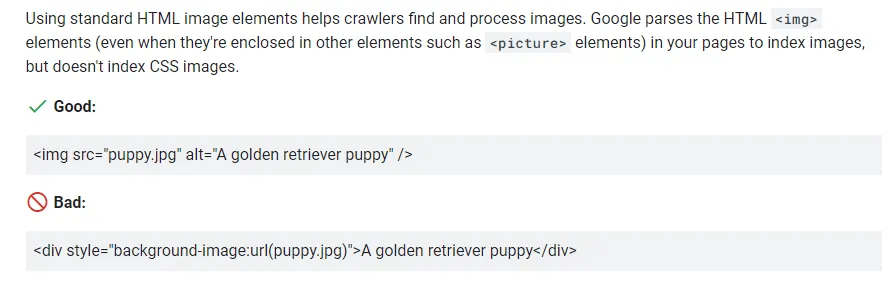
Remember, the context is essential for search engines, so be specific and use relevant keywords.
For example, if you are writing a post about "Seeking Alpha" and you have an image of a stock chart, name it "Seeking-Alpha-Stock-Chart.jpg" instead of "photo1.jpg".
Alt Text
Alt text, or alternative text, is the text that appears when a picture fails to load or if a user is using assistive technologies.
This text should accurately describe the content of it and include relevant keywords.
Remember, be concise and descriptive, using no more than 125 characters.
Avoid keyword stuffing or using generic phrases like “photo of” or “235”.
Instead, be specific and use relevant keywords to accurately describe the image.
For example, if you have a picture of a cat playing with a ball, your alt text could be "Gray cat playing with red ball" instead of "Picture of cat playing".
Caption
A caption is optional but can provide additional information about the context.
It appears below the image and should accurately describe it.
Use natural language and relevant keywords in the caption to help search engines understand the content.
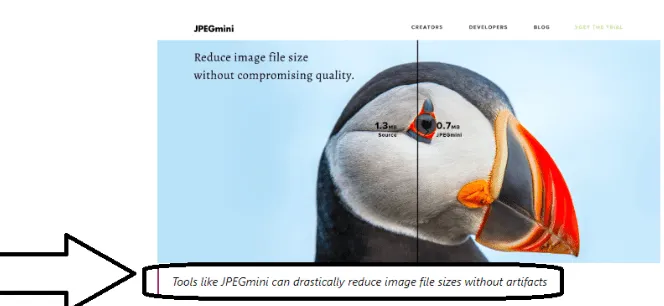
Don’t use generic phrases like "Photo of" or "Picture of".
Instead, be specific and use relevant keywords to accurately describe it.
For example, if you have an image of a family hiking in the mountains, your caption could be "Family enjoying a hike through scenic mountains" instead of "Image of family hiking". This provides more context and helps with search engine optimization.
Format
Make sure to use supported formats, such as JPG, PNG, or GIF.
Avoid using BMP or TIFF, which can create larger file sizes and potentially slow down your webpage's loading time.
If you have some doubts, here's a list of supported image formats that Google can read.
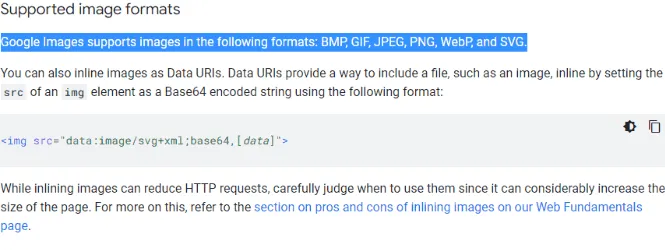 Additionally, consider compressing your pictures to reduce their file size without compromising their quality. This can also help with page loading speed and improve the overall user experience.
Additionally, consider compressing your pictures to reduce their file size without compromising their quality. This can also help with page loading speed and improve the overall user experience.There are various online tools and plugins available to easily compress images (like the ones listed at the end of this article), so be sure to take advantage of them.
Compression
Compression means reducing a file's size without significantly affecting its quality. It can be done by removing unnecessary data or simplifying complex elements in the image.
Compression helps with faster loading times, as smaller files take less time to download and display on a webpage.
It also saves storage space on servers, making it more efficient for websites to store and serve pictures.
For example, lossy compression removes some of the photo's data, resulting in a smaller file size. This can lead to a loss of quality, so it is important to find the right balance between file size and quality.
On the other hand, lossless compression preserves all the data but may not reduce the file size as much as lossy compression.
Mobile-Friendly
In addition to file size, it is important to consider the dimensions for mobile devices.
Small screens and limited data plans can make it difficult for users to view large or high-resolution images on their phones.
To ensure a positive user experience, it is recommended to optimize for mobile devices by using responsive design techniques or serving different sizes of the same image based on the device being used. This applies to when you plan and create a logo as part of your visuals. A tailored company logo is a crucial aspect that stays with a company for an extended time, and it must be mobile-friendly.
Here are some best practices, as indicated by Google:
Use srcset for different device sizes
Set the sizes attribute to control photo display on screens
Target the
element for specific pictures on various devices Use the correct image format for each device (e.g. WebP for Chrome)
Make sure to include alt text for accessibility
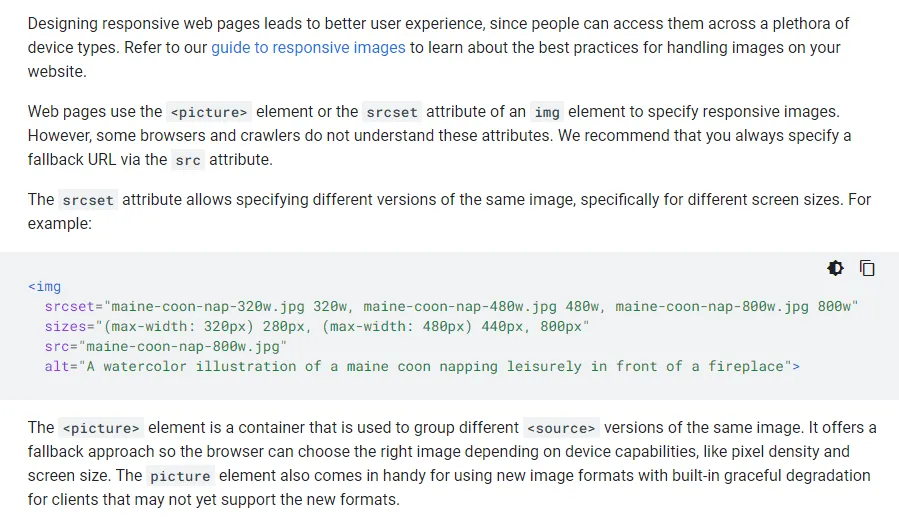
Best SEO Plugins to Use
For some people, all these techniques can be daunting.
Luckily, several SEO plugins can help you with this process, without being technical experts.
Here are some of the best ones:
ShortPixel
TinyPNG
Yoast SEO
ShortPixel
ShortPixel is a popular image optimization plugin that compresses and optimizes images on your website.
It supports various formats, including JPG, PNG, GIF, and even PDF files.
The plugin also offers a feature called WebP conversion which converts your pictures to the more efficient WebP format for supported browsers.
There’s a handy free online image compression tool on their website:
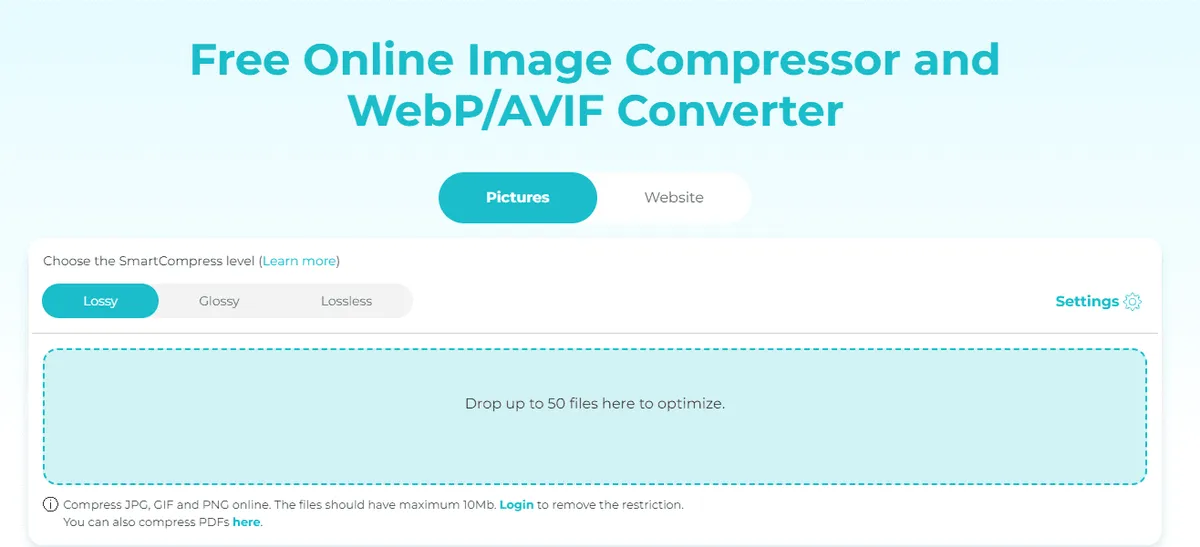
TinyPNG
With over 1 million active installations, TinyPNG is another popular image optimization plugin.
It uses smart compression techniques to reduce the file size of your photos without losing quality.
The plugin also offers a bulk optimization feature and supports both PNG and JPEG formats.
Yoast SEO
In addition to its primary function of optimizing content for search engines, Yoast SEO also has an image optimization feature.
This allows you to add alt text, title attributes, and captions to your pictures for better SEO.
The plugin also supports OpenGraph and Twitter Card tags for social media sharing.
Overall, these plugins can help you optimize your media for better search engine rankings while also improving the overall appearance of your site.
Be sure to choose one that best fits your needs and make use of its features to enhance your website's performance.
Final Words
Optimizing your images is a crucial step in improving your website's online visibility.
By using the strategies and tools discussed in this guide, you can significantly reduce your page load time and improve user experience.
Remember to always prioritize quality over quantity, and regularly check for broken or outdated links.
With these tips in mind, you are now well-equipped to optimize your website's pictures and take your SEO game to the next level.
Related blog posts
The Hidden Flaws in Search Volumes and How to Solve Them
Learn how AI Search Volume delivers reliable search volumes by combining GKP, GSC, and Trends so that you can prioritize the right keywords.
1 July 2025
AI Overviews Are Taking Over SERPs
From traffic drops to decreasing CTRs, AI Overviews are shaking up SEO. Learn what is happening and how AccuRanker helps you track AIO.
25 June 2025
How AccuRanker’s AI Models Fix Inaccurate SEO Data
Struggling with unreliable SEO data? Discover how AccuRanker’s CTR, Search Intent, Search Volume, and Share of Voice deliver accurate insights.
1 June 2025




